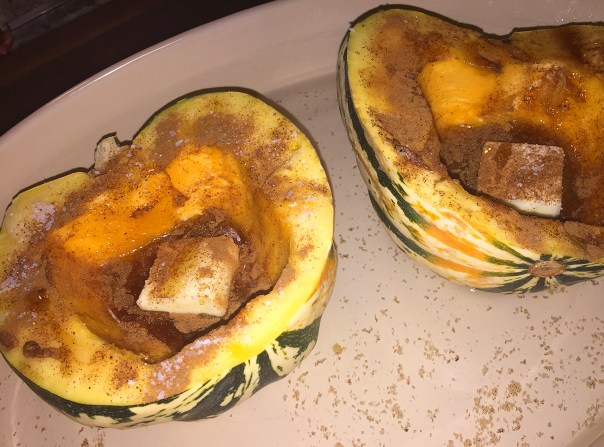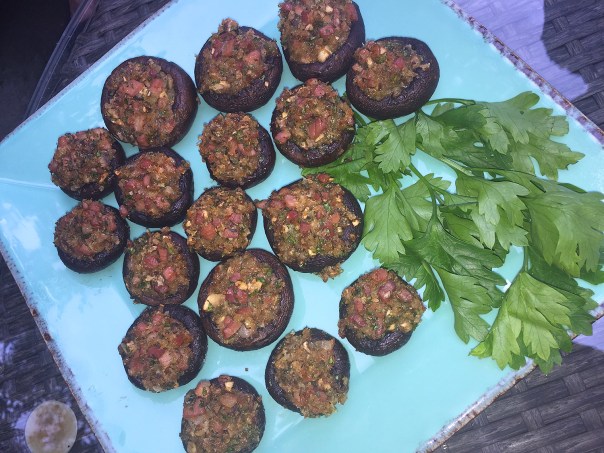What better way to get to know a new area than investigating it with a knowledgeable guide? And while we had a more typical tour planned for Granada, Spain the following day, on our first evening we had prescheduled a walking tapas tour. (Tapa is Spanish for a hot or cold appetizer or snack.) Our tour was set to begin at 8 p.m. and we were to meet the others at a nearby church. Easier said than done.
In these ancient cities, the roads are a bit convoluted with cobblestone streets, narrow passage ways, and steep inclines, to put it mildly. Well, suffice it to say, we couldn’t find the original meeting spot, but Russ recognized the first taverna, La Tabernilla del Darro, as we were scouting out the back streets. The place is an old water tank reconditioned and integrated into the typical buildings located on the banks of the Darro River.

We had no idea what our guide looked like, although we knew she was female and named Antonia working for a company called Devour Tours. For about 10-15 minutes we scrutinized everyone walking by—and the streets were packed with pedestrians and taxis due to the fact that a major parade was happening in town the following day. Eagle-eyed Russ finally noted a woman decked out in an white polka-dotted orange dress talking with 4 other tourists, and simply wrangled his way in and started speaking to her in Spanish. Later on, Antonia told us she thought he was some rude Spanish local trying to get in on the action!
What we learned was, in a culture almost unique to this city, bars and eateries around town serve tapas to patrons at no cost, whenever they order a drink! With every drink comes a different tapa, often more substantial than the one before, and several rounds of drinks means a full meal can be had—the only cost being the couple of euros paid for every glass of wine (or other libation.)
FYI, if you sit at a bar anywhere in town and ask for a tapas menu to order from, it’s a surefire sign that you’re a tourist because Granadians would never to think to pay for them. An interesting concept, though I doubt it would take a stronghold here in the U.S.

Our first drink in the grotto-like interior of La Tabernilla was an amber-colored, slightly sweet vermouth on ice, not my usual cup of tea, but I was game to try anything. While Antonia regaled us with the bar’s history, the group exchanged names as well as our points of origin. Two retired school teachers from Sydney, Australia—Karen and Sue (above left)—were in the middle of a 5-week extensive vacation to several countries that was to include a one-week cruise. Another couple, Gypsy and Don, hailed from Madison, Wisconsin.
Antonia herself was born in a cave-house in the Sacramonte district on the hill and valley of Valparaís just outside the city limits before moving into the town’s center as a baby. As an adult, she has lived in several countries, is fluent in five languages, and is currently tackling Chinese.


With our vermouth came the first tapa, a Requeté served on two plates with three forks each, which we were to split amongst ourselves. (As a guide, Antonia neither eats nor drinks.) Three breadsticks were erected in a mound of flaky tuna and piquillo peppers doused in a piquant mixture of sherry and extra virgin olive oil. Then, before most of us could even finish our drinks, it was time to hop off of the stools and head to our next destination, a not-too-short walk away.

Hiding in an abbreviated alleyway off Plaza Nueva, Bar Casa Julio has some of the most unpredictable opening hours in Granada, if they even open! The inside resembles a kiosk more than a bar, so most patrons stand around the four or five tall circular tables in the alleyway outside, as did we. Along with our sangria-like drink, the “summer wine” is a mix of red wine and lemon soda (which I again couldn’t finish in time), we were served two plates (with the allotted 3 forks each) of the tastiest fried fish I’ve ever eaten, crispy on the outside and succulent on the inside.
 Don, Gypsy, Karen, Sue, Lynn and Russ salute the camera outside of Casa Julio.
Don, Gypsy, Karen, Sue, Lynn and Russ salute the camera outside of Casa Julio.

Time to meander down several more streets and alleyways to our next stop, La Botilleria. Since opening in 2013, La Botillería has established a fine local reputation thanks to its elegantly presented food and thoughtful wine list. It’s smart in a modern, casual way, with a bar area for tapas and a back restaurant where you can enjoy full meals. In fact, Russ and I liked it so much, we went back there for dinner the following day.

While our waitress poured glasses of a crisp white wine and gave us olives to nibble on, Antonia let us know we would be served two different tapas and two glasses of wine. First arriving was the incredible Carrillada Tapa, chunks of succulent pork cheeks bathing in a tasty sauce plated with crispy potatoes fried in EVOO and a few thick slices of crusty white bread.
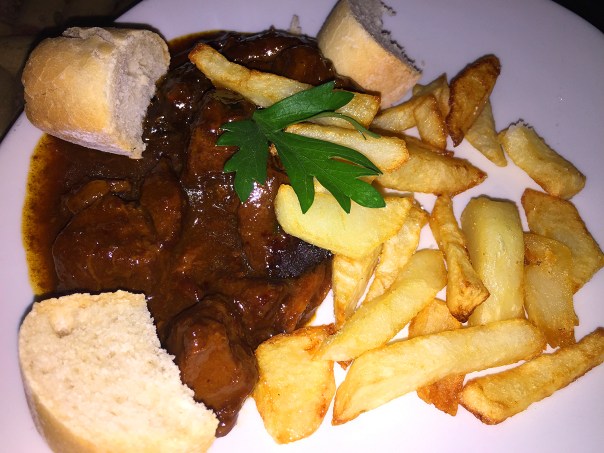
Next was another glass of chilled white wine and a delicate cod tapa topped with a tomato sauce and a side salad with more crusty bread chunks. Here we seemed to linger a bit longer…

The tour concluded a few streets away at our fourth and final destination, rustic La Tana. Somehow Antonia managed to squeeze us all into the space between the crowded bar and few sparse tables lining the wall. But feeling claustrophobic, without even elbow room to spare, we spilled back out onto the street. As it was the end of the “meal,” sweet Baileys Irish Cream liqueur, along with a cannoli-like dessert tapa were offered. Sweet is not my thing, so I sipped a glass of dry red wine instead.

Without even small bistro tables onto which we could rest our cocktails, it was quite a balancing act to sip and eat at the same time. There just so happened to be a window ledge on the building across the street where some of us placed our stemware. Mind you, we never had individual plates at any of the bars, we just used forks, fingers and napkins.

At this point it was nearing 10:30 at night and it was time to meander back to our separate accommodations. Russ and I were pleasantly surprised when we realized that our hotel was only a brief jaunt away—although a longer trek would have helped burn up some of those calories…
TAPAS: The origin of the term, is uncertain, with countless stories as to how and when the practice came about.
One such tale has it that under the monarchy of Fernando el Católico, it became obligatory for bar owners to serve food with alcohol as a response to an increasingly drunken workforce. As a result, patrons can now order a drink and be provided with a plate of something tasty to sop up the alcohol. Though the practice may be fading in certain parts of Spain, any visitor looking to eat tapas in Granada will quickly discover the tradition is still alive and kicking.
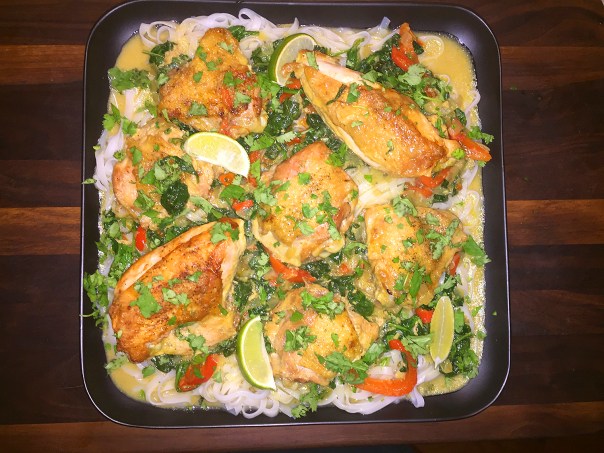




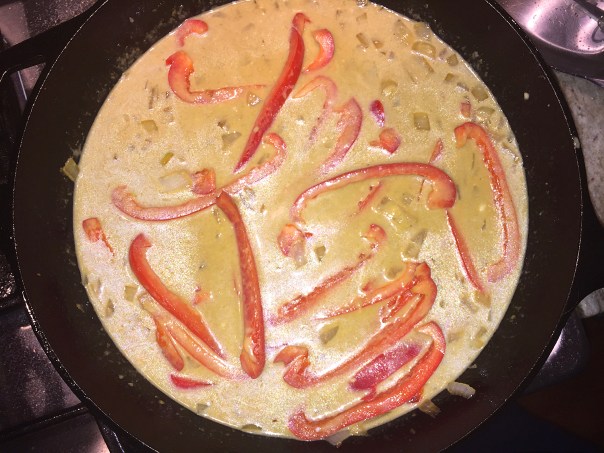


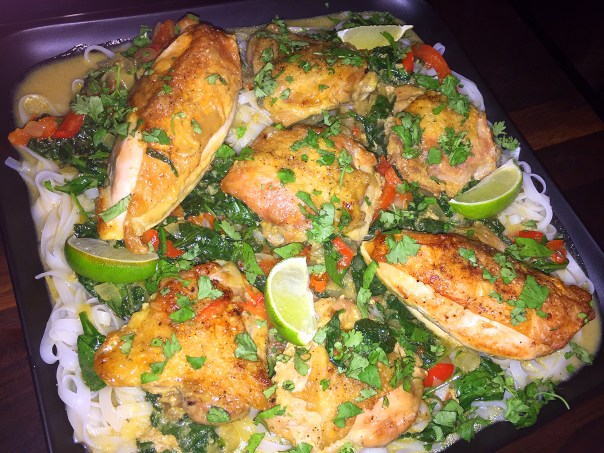




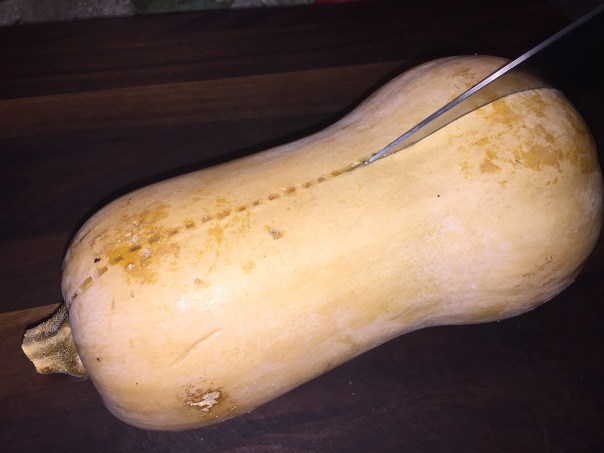

 After scooping out the seeds, peel away the skin and pith.
After scooping out the seeds, peel away the skin and pith.



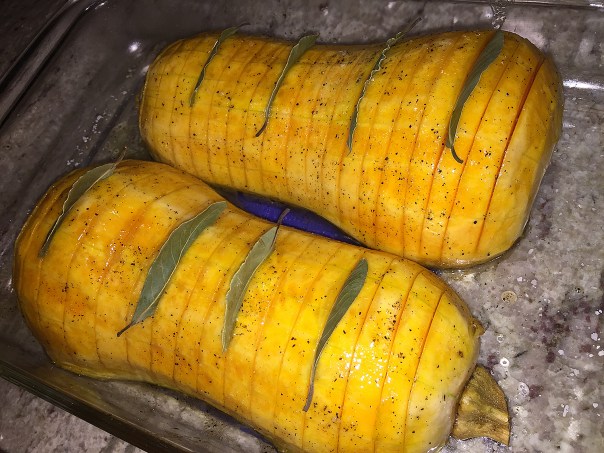

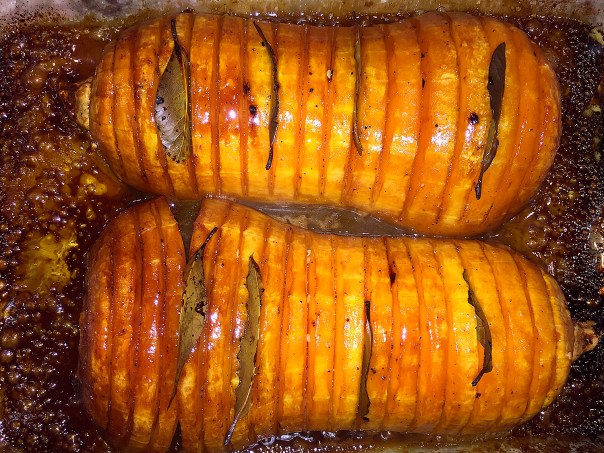
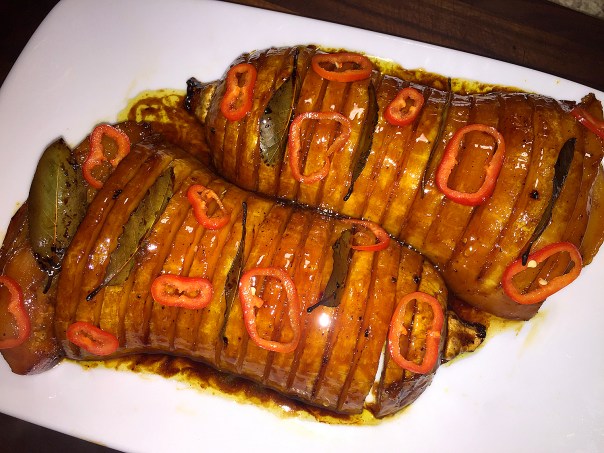


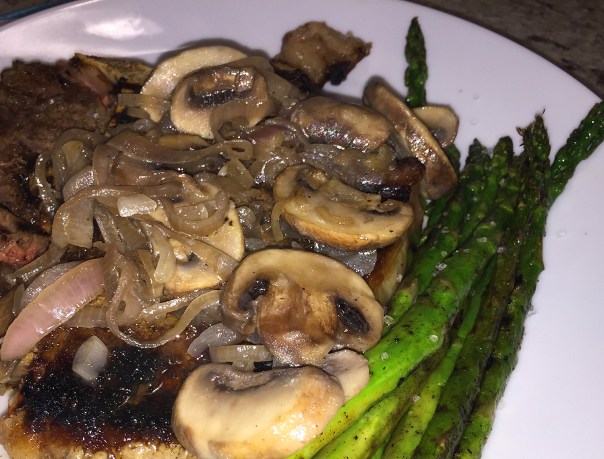





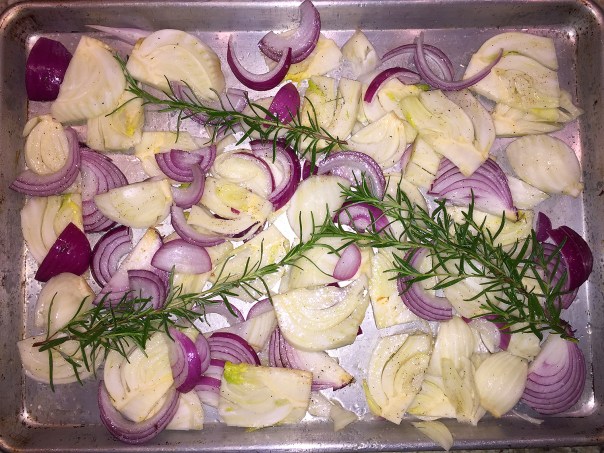



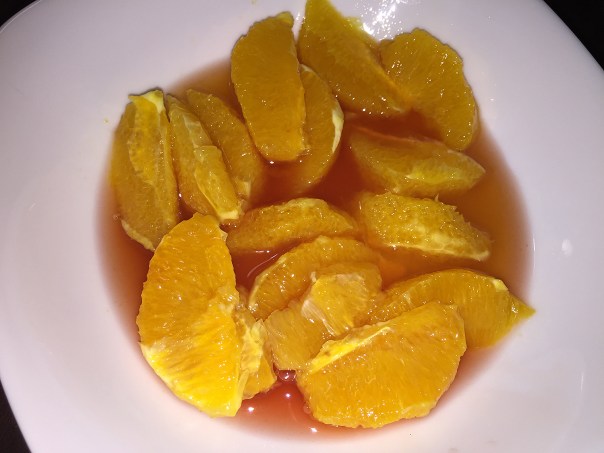


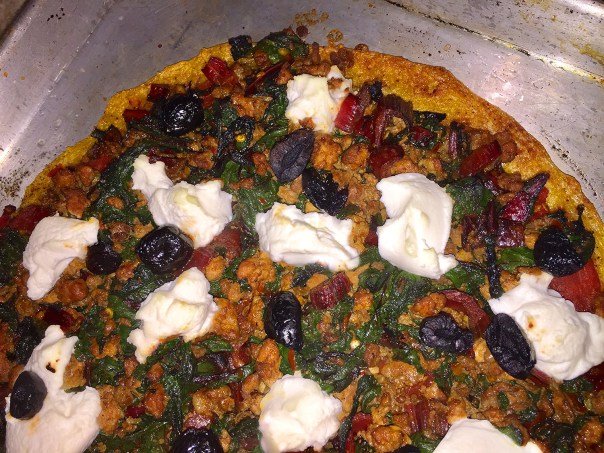
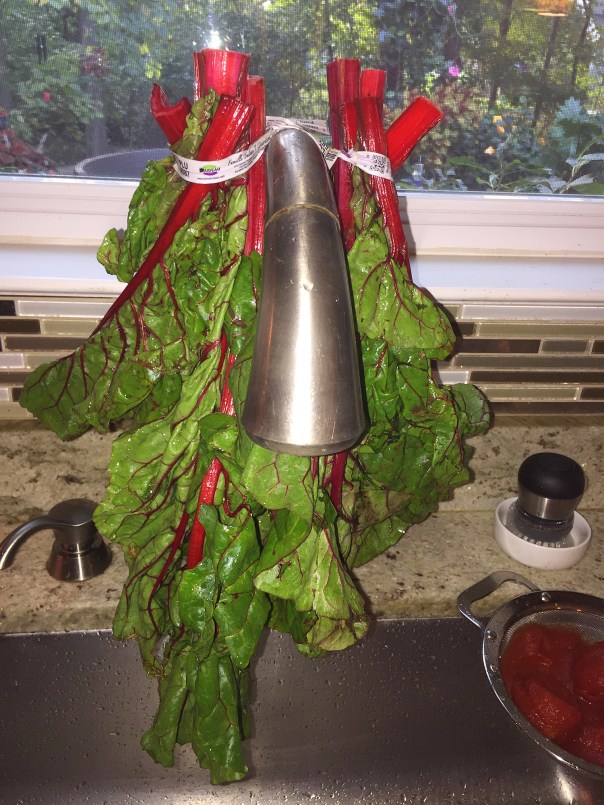
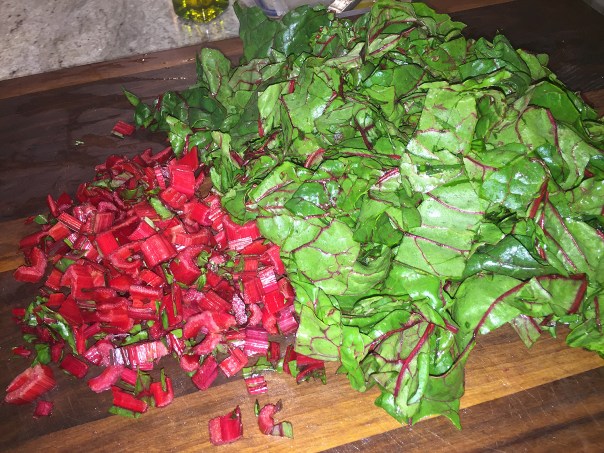

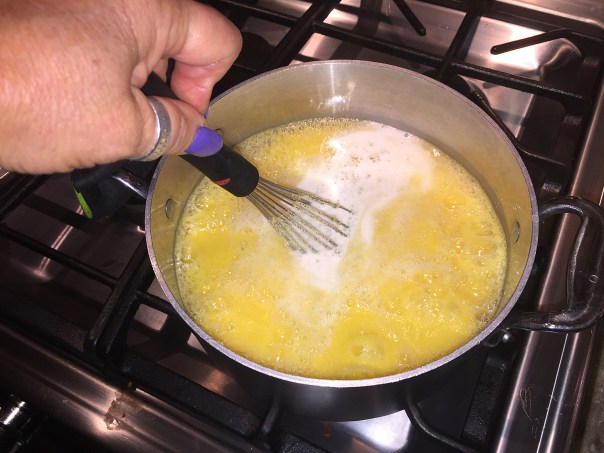


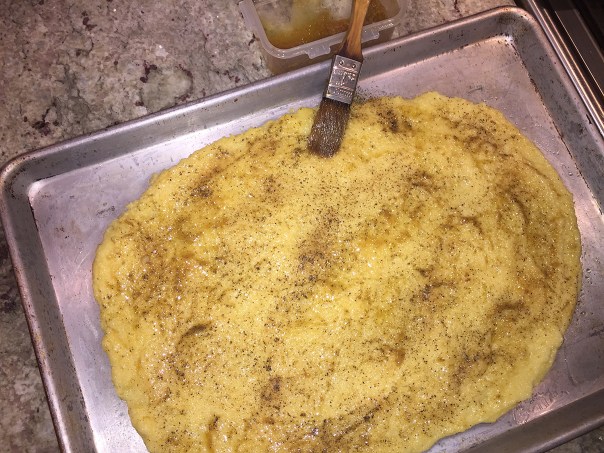
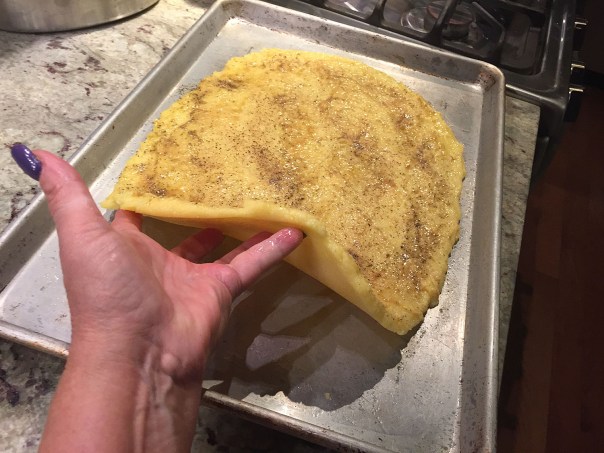
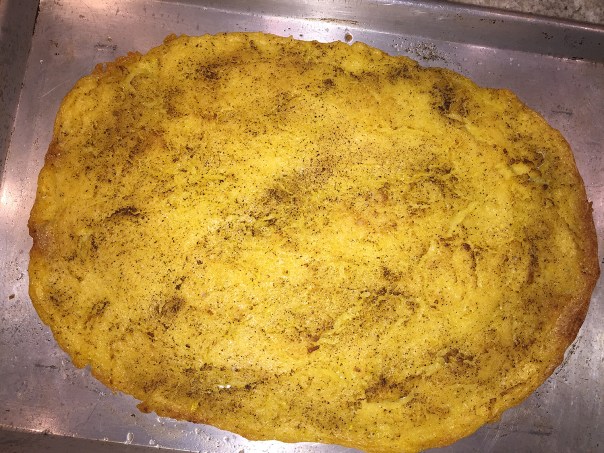
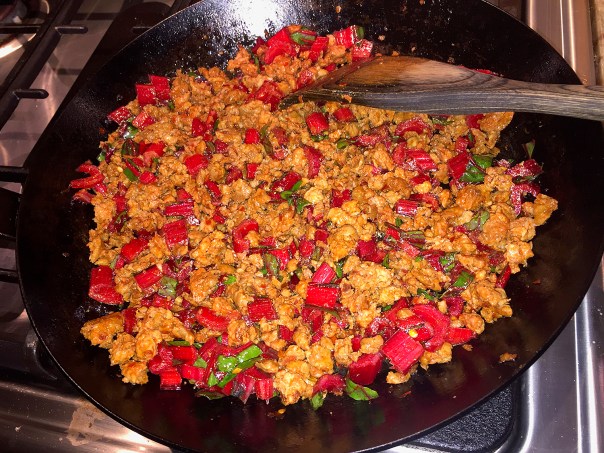
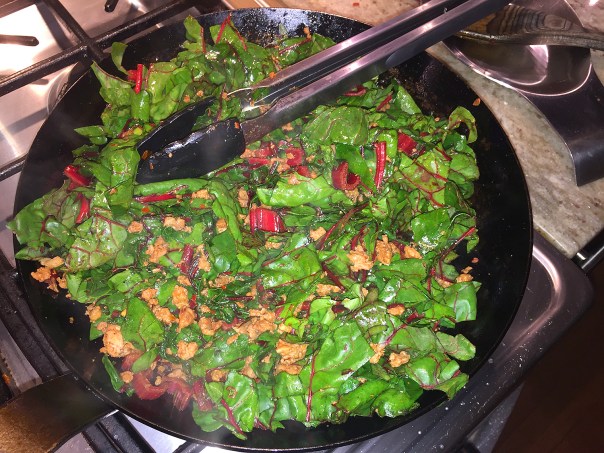





 I cooked the rice in vegetable broth instead of water which gave it a nice light golden color and added a bit of flavor.
I cooked the rice in vegetable broth instead of water which gave it a nice light golden color and added a bit of flavor.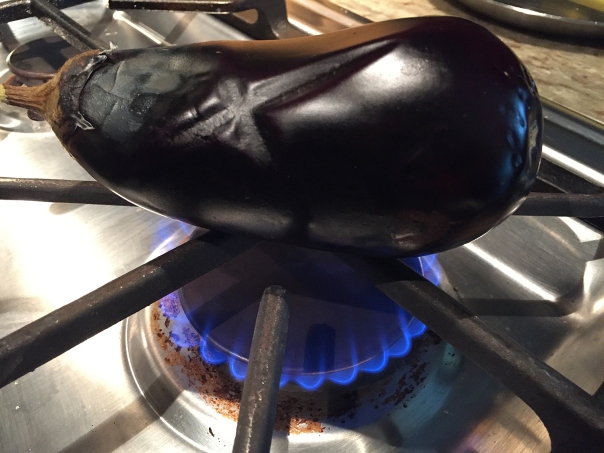


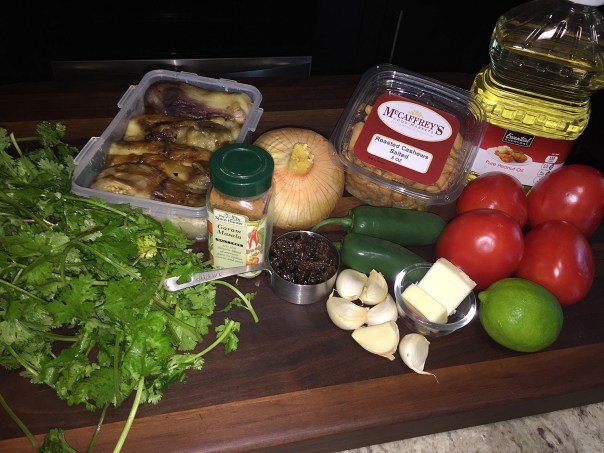
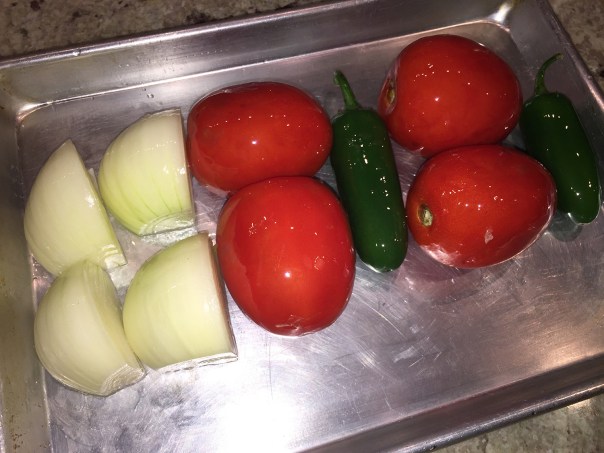
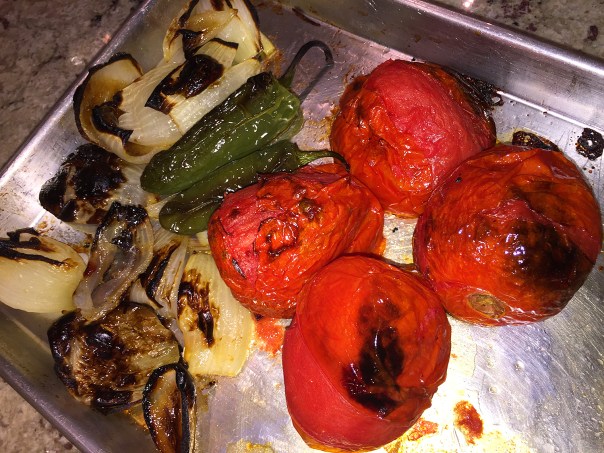




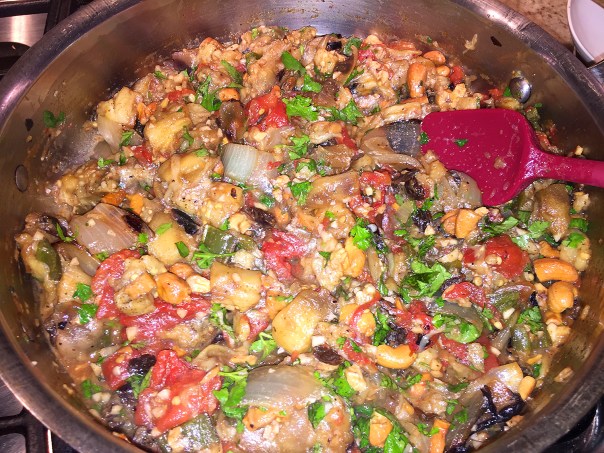



 Casa Pepe de la Judería restaurant is located in the heart of the city’s Jewish quarter. They specialize in southern Spanish cuisine with a modern touch. It boasts an eclectic interior, replete with a typical Andalusian patio, pleasant dining rooms and a charming rooftop terrace. Our first choice of getting seated in the center courtyard was not possible due to the long list of hungry diners, so we were shown to a small room with soaring ceilings featuring a chandelier and a chocolate-colored back wall.
Casa Pepe de la Judería restaurant is located in the heart of the city’s Jewish quarter. They specialize in southern Spanish cuisine with a modern touch. It boasts an eclectic interior, replete with a typical Andalusian patio, pleasant dining rooms and a charming rooftop terrace. Our first choice of getting seated in the center courtyard was not possible due to the long list of hungry diners, so we were shown to a small room with soaring ceilings featuring a chandelier and a chocolate-colored back wall.



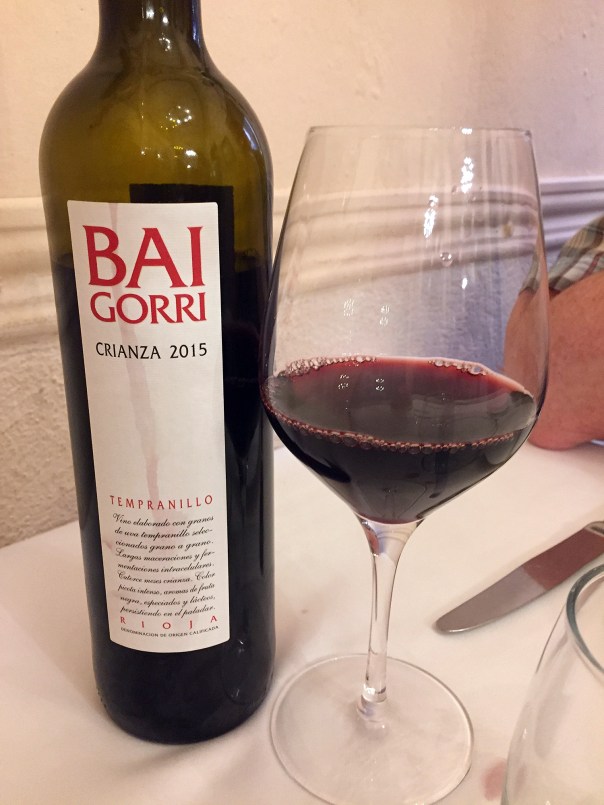






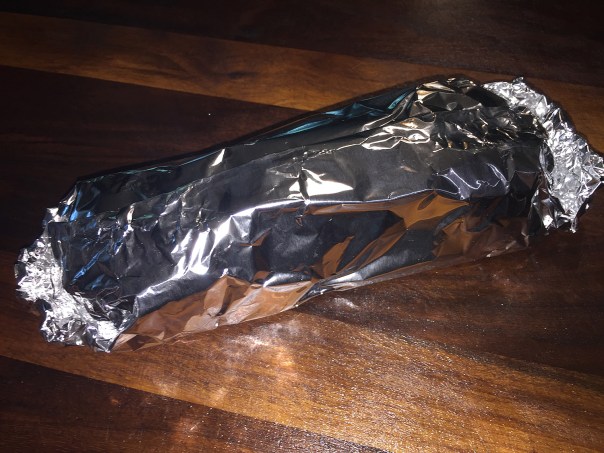


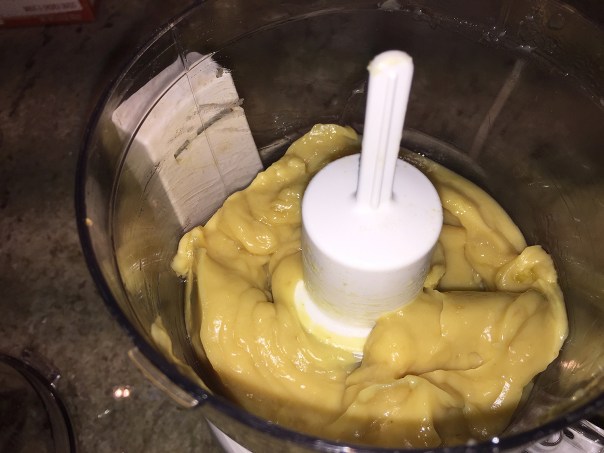

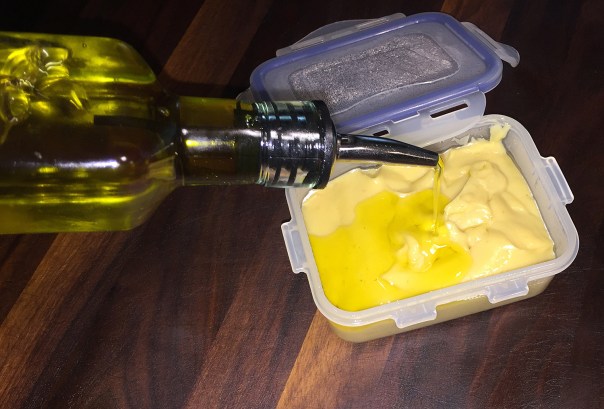 ALTERNATIVELY: Squeeze the cloves directly into a container and pour enough olive oil over to cover them completely. Close tightly with lid and refrigerate.
ALTERNATIVELY: Squeeze the cloves directly into a container and pour enough olive oil over to cover them completely. Close tightly with lid and refrigerate.
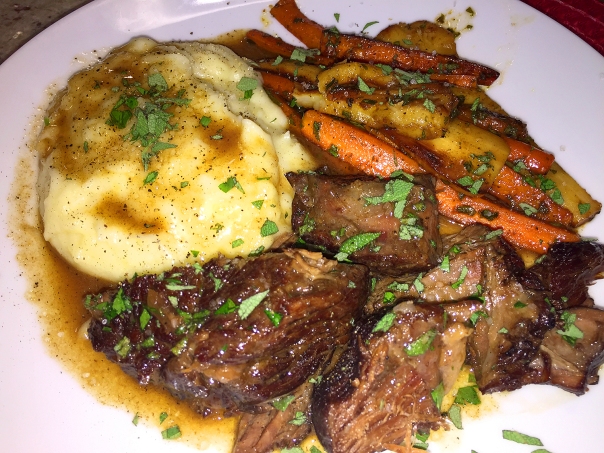

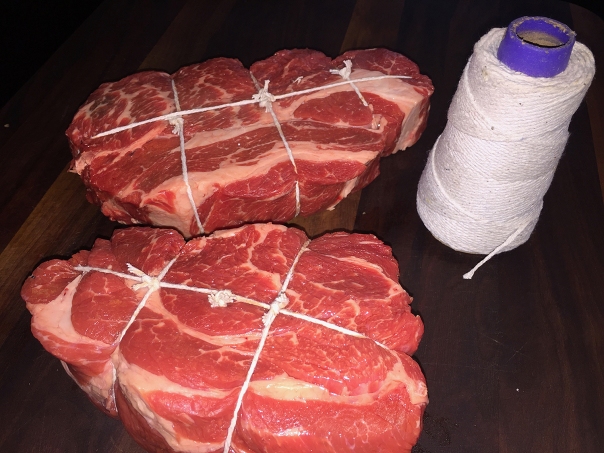


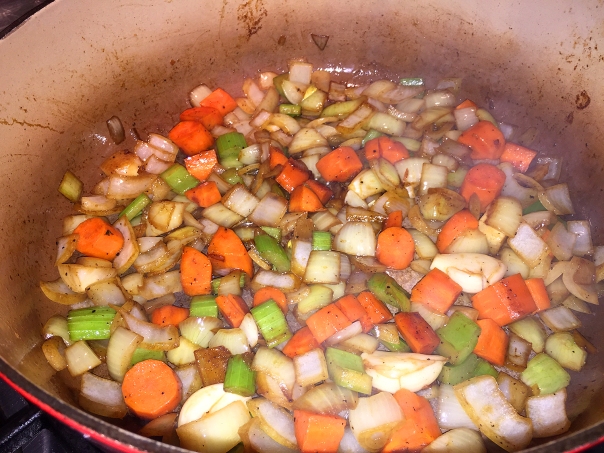

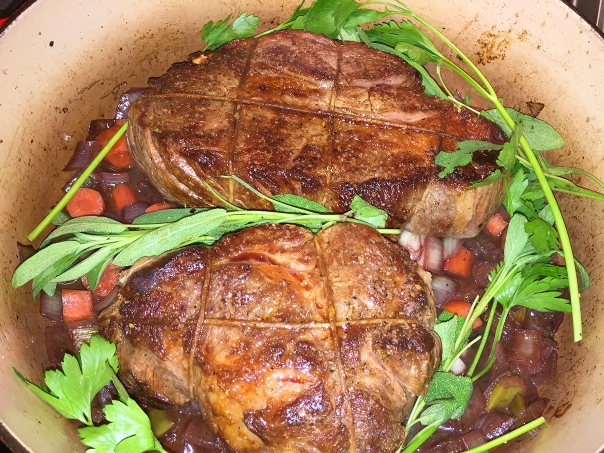

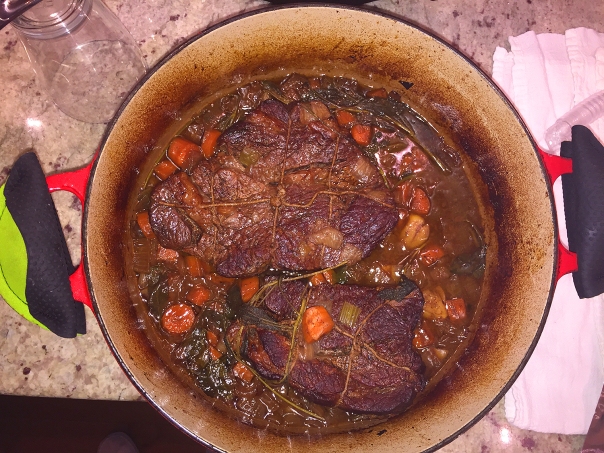
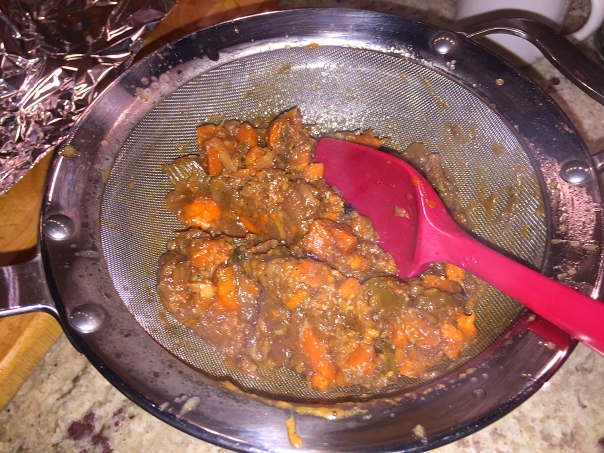
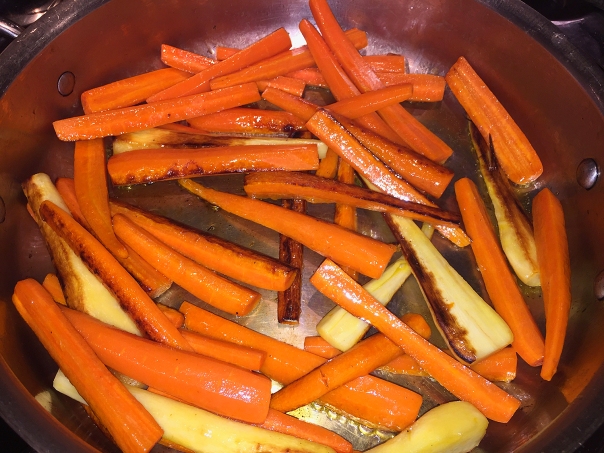
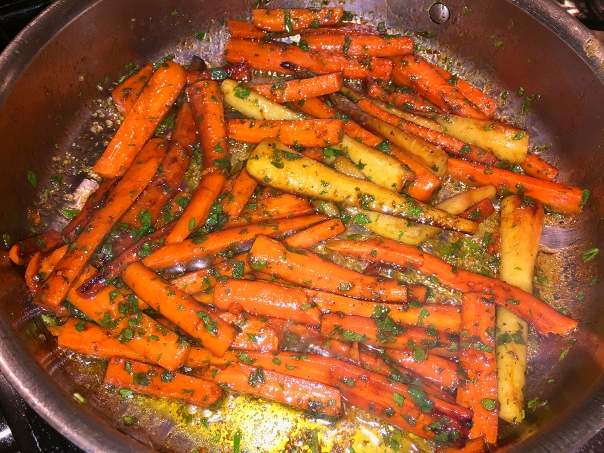
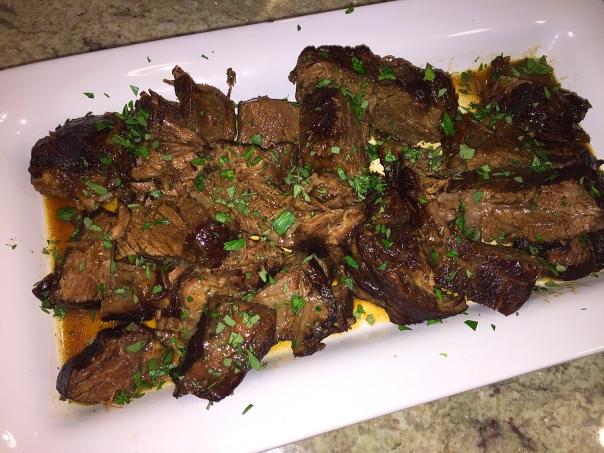
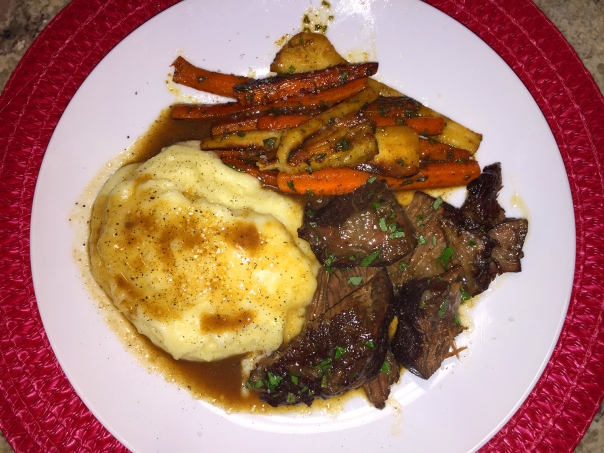





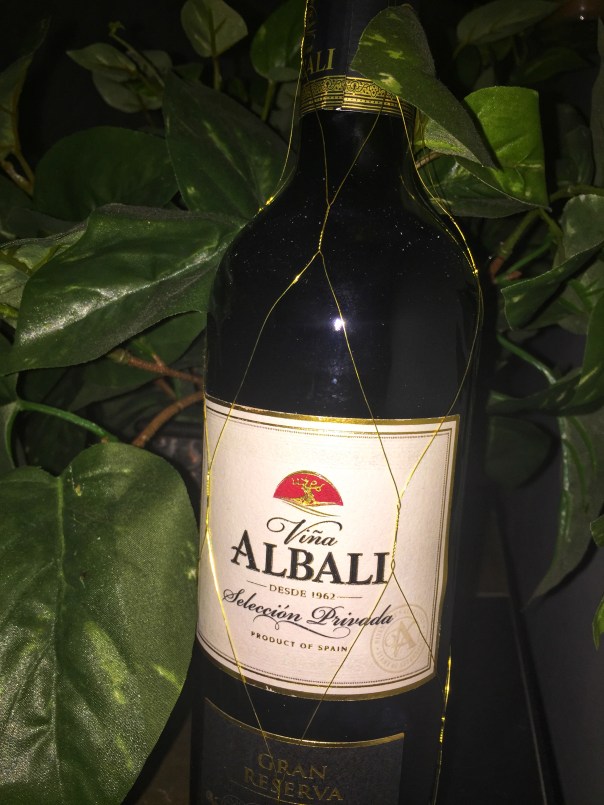





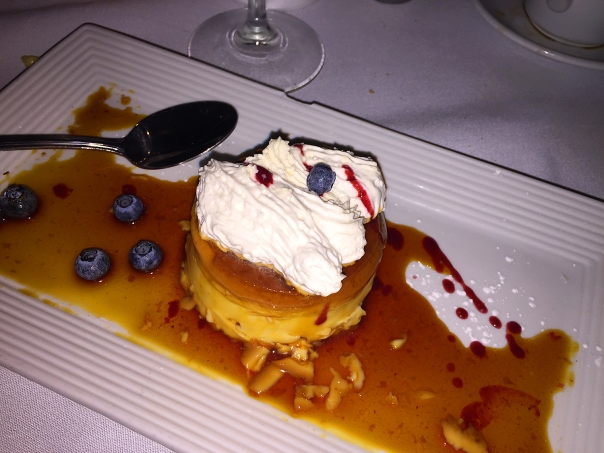

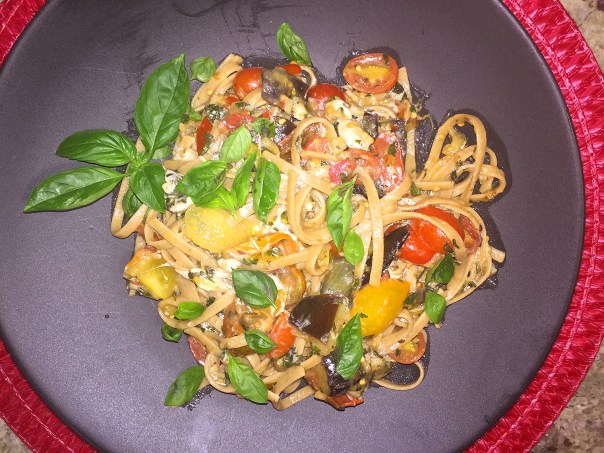
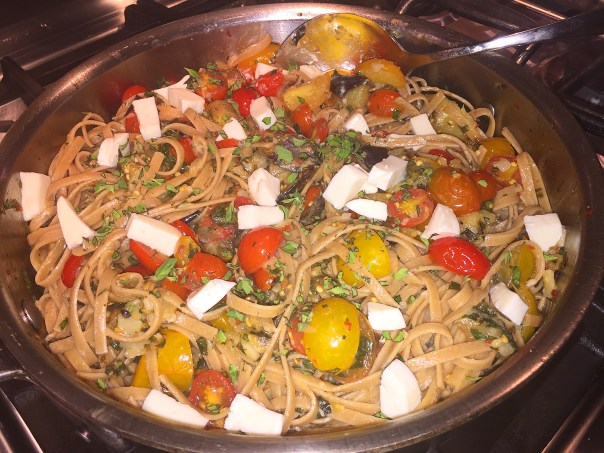




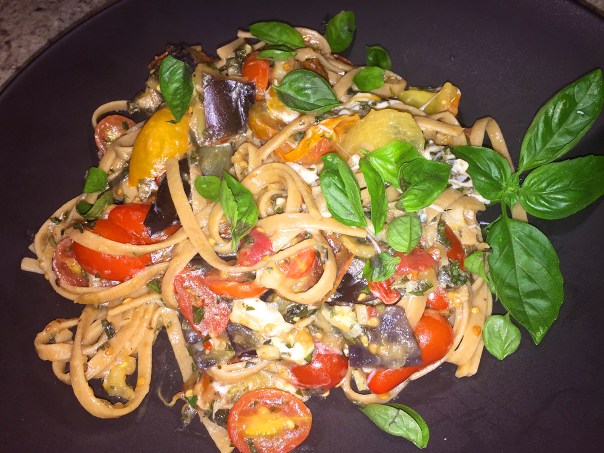

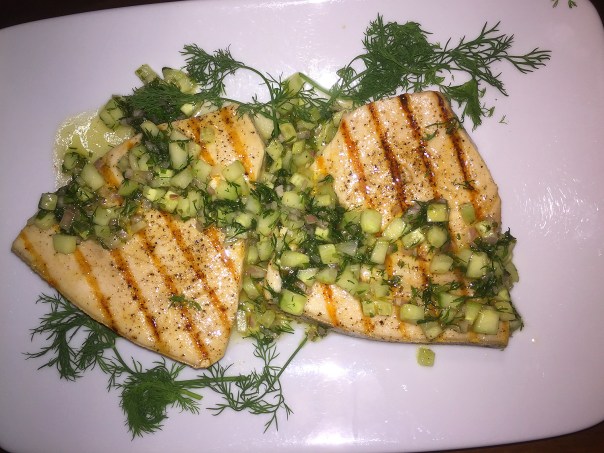


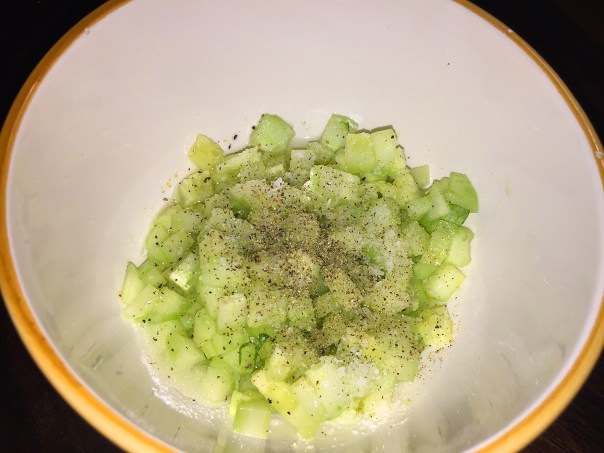
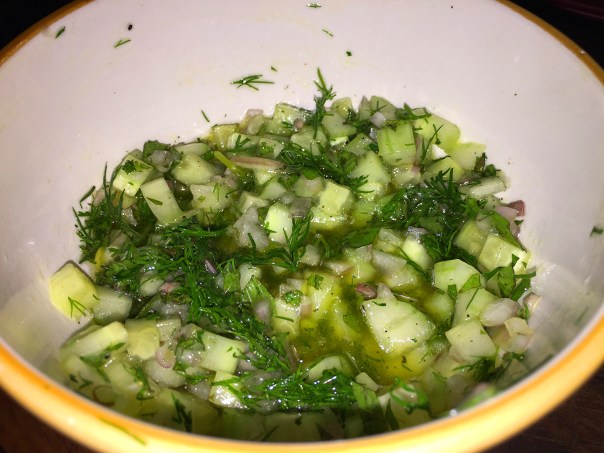
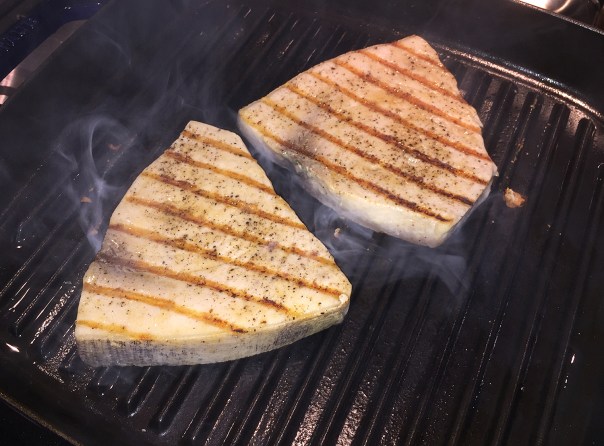
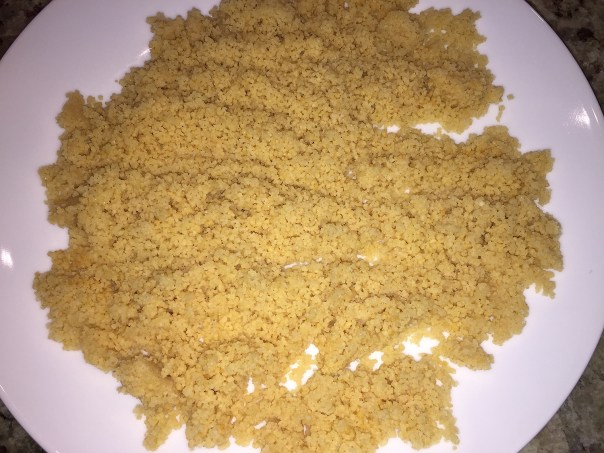







 Don, Gypsy, Karen, Sue, Lynn and Russ salute the camera outside of Casa Julio.
Don, Gypsy, Karen, Sue, Lynn and Russ salute the camera outside of Casa Julio.







 Our “bonus” Cucurbita pepo vine got to be 5 times this length and was taking over the patio!
Our “bonus” Cucurbita pepo vine got to be 5 times this length and was taking over the patio! Hibiscus-like flowers from the Cucurbita pepo vine.
Hibiscus-like flowers from the Cucurbita pepo vine.


